The Roman Empire was undoubtedly the one of the ancient peoples that made the greatest contribution to the knowledge and development of color. The history of color of the Romans is closely linked to that of all the peoples who preceded them and who strongly influenced the development of the empire in the first centuries until, as was its nature, it gradually absorbed all the pictorial experiences of the past to reorganize them and create more complex and technological decorative techniques.
Another characteristic that makes the ancient Roman civilization fundamental in the understanding of color is the great predisposition to explain and write down all the techniques known to obtain colored pigments, and therefore unlike the Egyptian people or ancient Greece, the writings of the ancient Romans dedicated to color and decoration are numerous and detailed and help to fully understand the incredible capacity for innovation of this people who made ingenuity their best art.
It must be said that the Roman Empire reached incredible levels of extension and lasted for a thousand years and this led to ups and downs in the art of this Empire and in general when we talk about the history of ancient Rome we do not only talk about the Italian peninsula and southern Europe, which still remain the true cultural center of the empire, but we must also take into consideration the absorption of cultures and traditions that today we consider an invention of the Romans but which were often “stolen” from conquered peoples and civilizations of which today no trace remains.
The Great Sources of Information
As mentioned, there are many sources of information regarding the decoration and coloring technologies of ancient Rome and some of them are still fundamental guides today on how to treat natural materials to create intelligent and sustainable construction, an art that especially in the 18th and 14th centuries ended up in oblivion to make room for chemical and industrial products.
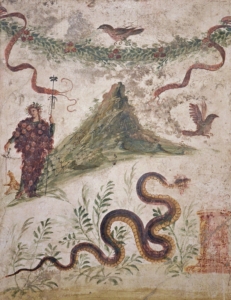
Fresco with Bacchus in the form of a bunch of grapes – House of the Centenary, Pompeii, Italy
The most important source on the history of the colors of the Roman Empire is undoubtedly Gaius Plinius Secundus, known as Pliny the Elder, born in Como in 23 AD and driven by a very strong curiosity in many fields of natural science, dedicated his entire life to research and study of nature, leaving behind many writings that unfortunately have only partially reached us. The only writing that has reached us in its entirety is the very important “Naturalis Historia” which can be defined as the first great encyclopedia of natural history and which deals with topics ranging from astrology to art and it is precisely in the pages of this writing that we find a lot of information on how the Roman world conceived, created and used its colors. Pliny had a very adventurous life that led him to serve in the army in various countries of Europe and Africa and this allowed him to collect a lot of information and experiences from all the borders of the Empire. He found his end on a very famous date, 79 AD. It is said that driven by curiosity to find out more about the famous eruption of Pompeii, he got too close to it and ended up dying intoxicated by the poisonous miasmas of the volcano.
Another inexhaustible source of information about ancient Rome is the equally famous Marco Vitruvio Pollione born in Formia in 80 BC and author of “De Architectura”, a 10-volume work born from Vitruvius’ desire to help the emperor Augustus, to whom he was very close, in the great work of building renovation underway during those times. This work, which had a huge influence on the Roman Empire, was instead put in the background throughout the Middle Ages and then returned to the fore in recent centuries and rediscovering the value of the intuitions present within this thousand-year-old work to which we too, who are researching the history of color, owe a lot.
Just as the Roman world strongly influenced the world of ancient Greek art, this obviously also happened the other way around and the Romans also owe a lot to the great minds of the Greek world such as Dioscorides Pedanius, a naturalist doctor and great expert on the plant world who wrote “On Materia Medica”, a treatise that many important Roman authors studied carefully and used as a basis for their research. The same could be said for Strabo, author of the “Geografika” or for Theofastus of Lesbos, author of the “De Lapidibus”, both authors who dealt with color in a more or less in-depth way.
Ancient Roman Decoration Techniques
The painting and decoration techniques used throughout the Roman Empire are mainly 3:
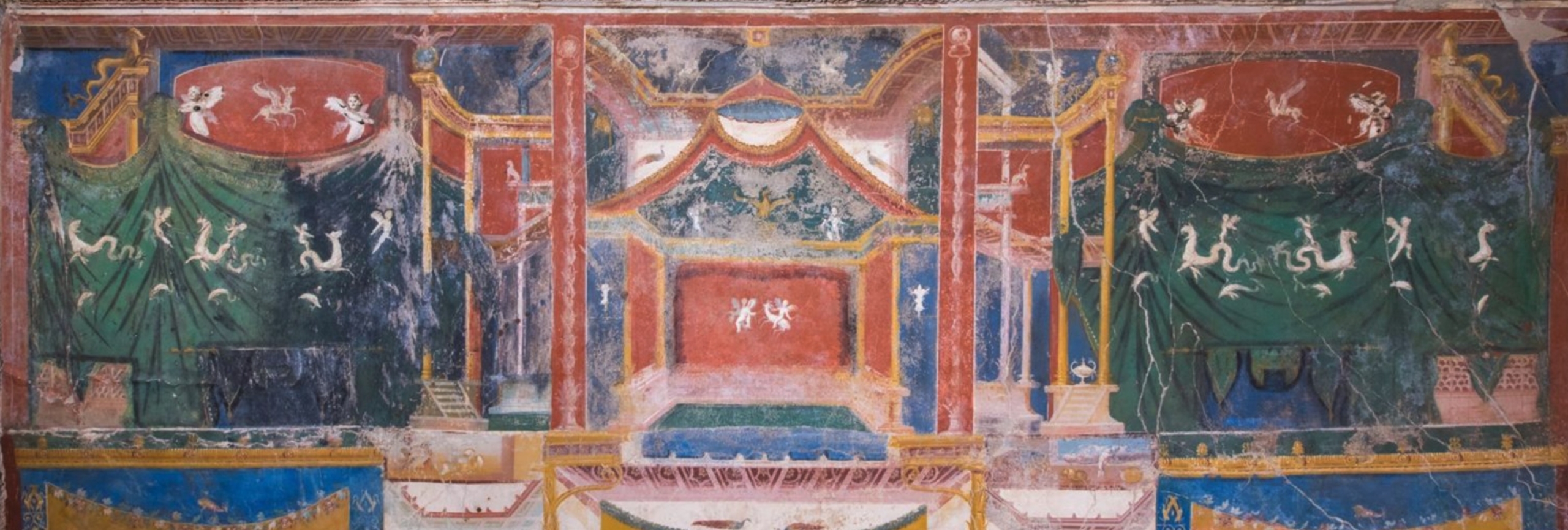
Decoration on the walls of the Domus of Positano – 1st century BC
TEMPERA: This is the oldest decorative technique, already known by the Egyptian and Greek world, which the Romans made great use of especially in the first part of their history. Among the three decorative techniques known at the time, tempera is certainly the one that offered the greatest advantages thanks to a great flexibility in application but above all because it allowed for an immense chromatic range to be available and this strongly influenced the artistic freedom of the author. Preparing a tempera paint is a rather simple process because the binders that can be used for the coloring pigments are many and easily available such as milk, bone glue or egg yolk.
ENCAUST: The encaustic technique can be traced back to the ancient Greek school of Sicyon and was used especially in the central period of the Roman Empire. Encaustic paintings were prepared by dispersing colored pigments directly into melted wax and used to decorate not only walls but also furniture and ships, for the latter this technique has always remained the Romans’ favorite for its great resistance to external atmospheric agents. Over the centuries the Romans have increasingly improved paintings of this kind trying to combine the application advantages of tempera with the great binding qualities of wax.
FRESCO: The “affresco” method is the true introduction of the ancient Roman people who discovered this technique that has remained unchanged over the millennia and is the same that gave life to great works not only in the Roman period but also in the Middle Ages and especially in the Renaissance. The secret of the fresco technique lies in lime, another great discovery of the ancient Romans and the reason why there is no trace of this decorative technique in any other civilization of the past precisely because they did not yet know this material with extraordinary characteristics that instead influenced much of the art and construction of ancient Rome. In fact, the fresco technique consists in applying colored pigments mixed with water directly onto the still-wet plaster so that they are absorbed and fixed permanently by the process of carbonation of the lime. The Romans later developed a method called “false fresco” that allowed them to decorate even the already dry walls by wetting the plaster again with simple fresh water or lime water, thus favoring the penetration of the paint in a process very similar to that of the original fresco.
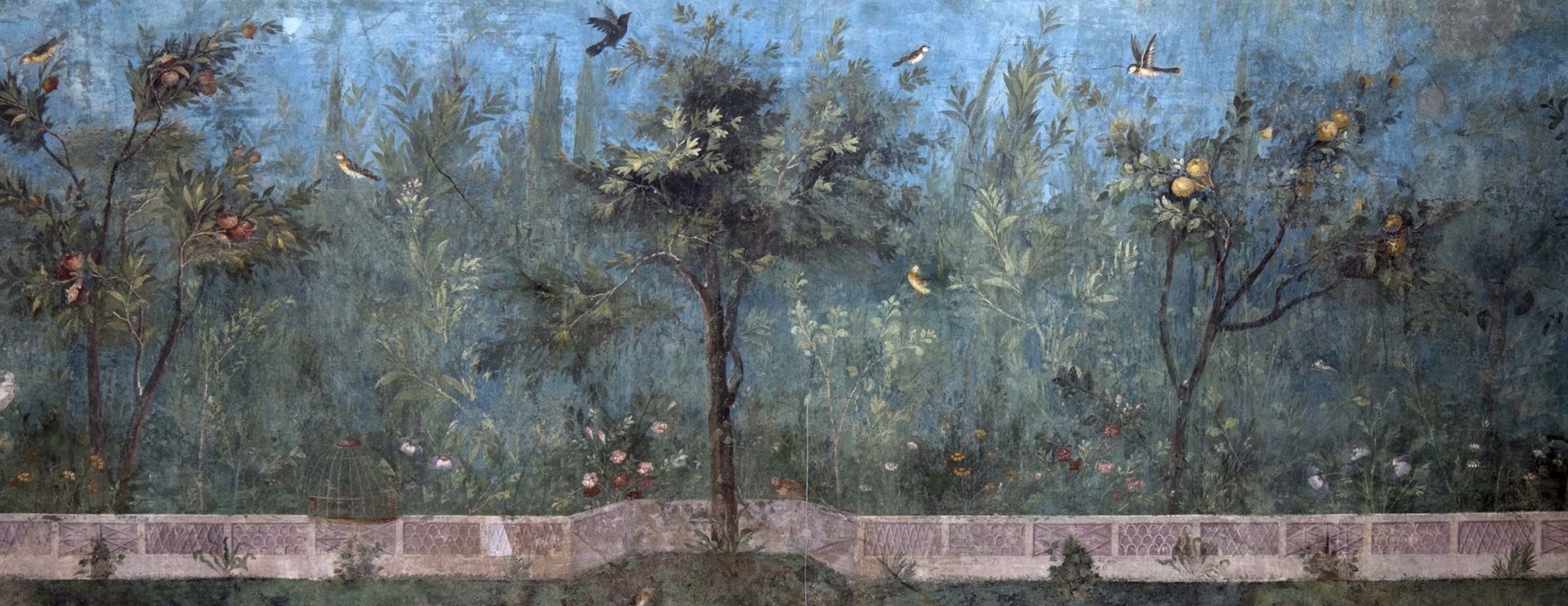
Garden painting from Livia’s villa – 1st century BC
The Colors and Pigments of Roman Empire
With the great development of civilization and the ever-increasing mastery of the decorative techniques that we have just seen, the Roman people continuously search for colored pigments from all over the world, also thanks to the huge trade network that the empire had and that made it possible to purchase the most prestigious natural pigments even from the most remote parts of the world such as India and China. This continuous search for new colors and new pigments soon led the ancient Roman artisans to the creation of artificial colors, that is, those colored pigments that do not exist in nature but are the result of chemical processes of various kinds, thus creating a first real distinction between colors of natural origin and those of artificial origin.
The Ancient Romans show a great love for red, which is certainly the most representative color of ancient Roman art and is the most distinctive given that none of the previous ancient arts, although they already used red ochre, has ever managed to reach the levels of brightness of red that the Romans were used to using in their paintings and decorations. A variant of this color that will become the true symbol of ancient Rome is the purple color that the Romans will soon learn to obtain directly and in very large quantities. Let’s see what were the main sources of the main colors of the Roman Empire about which fortunately we have a lot of information, such as even the price in sesterces, thanks to the careful classification of Plinio il Vecchio.
WHITE
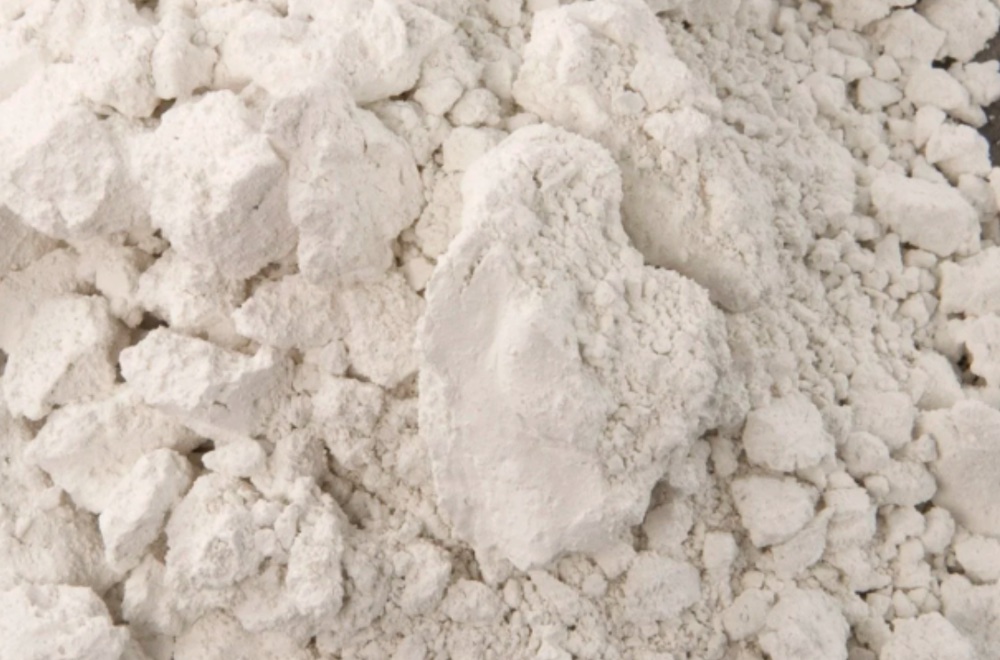
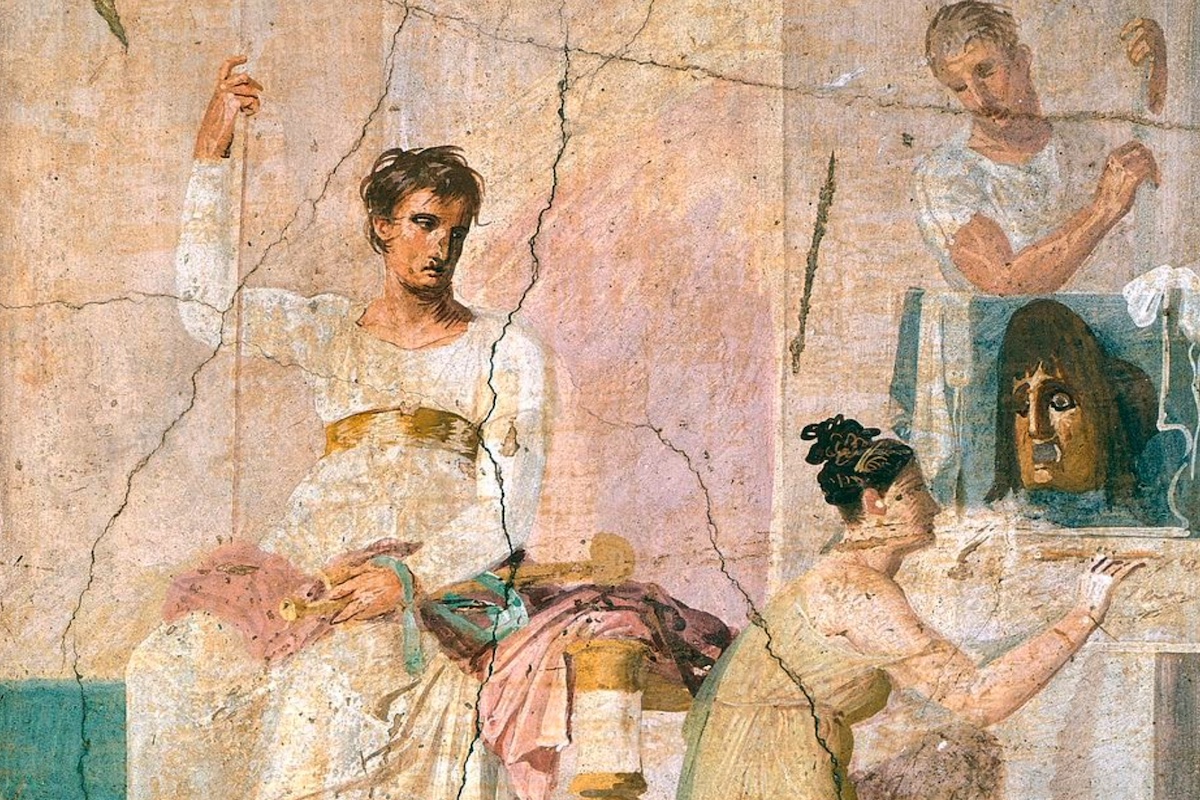
- NATURAL SOURCES: Clays, Marls, Paretonium, Fossil Flours
- ARTIFICIAL SOURCES: Cerussa
The most used method to obtain whites during the Roman Empire was mainly through clays, which they called crete, which were boiled and used as an adulterant of parentonium, a material that comes from the marine sedimentation of carbonates and shell fragments. This mixture allowed to obtain a high quality, strong and resistant white pigment. Among the most used clays we find Melinum, Cimolia, Eretria and Annularia. Among the most used artificial processes to obtain white was instead the one that involved the use of lead and vinegar to create ceruse, highly appreciated for its white and which was historically produced in the factories of Rodi.
BLACK

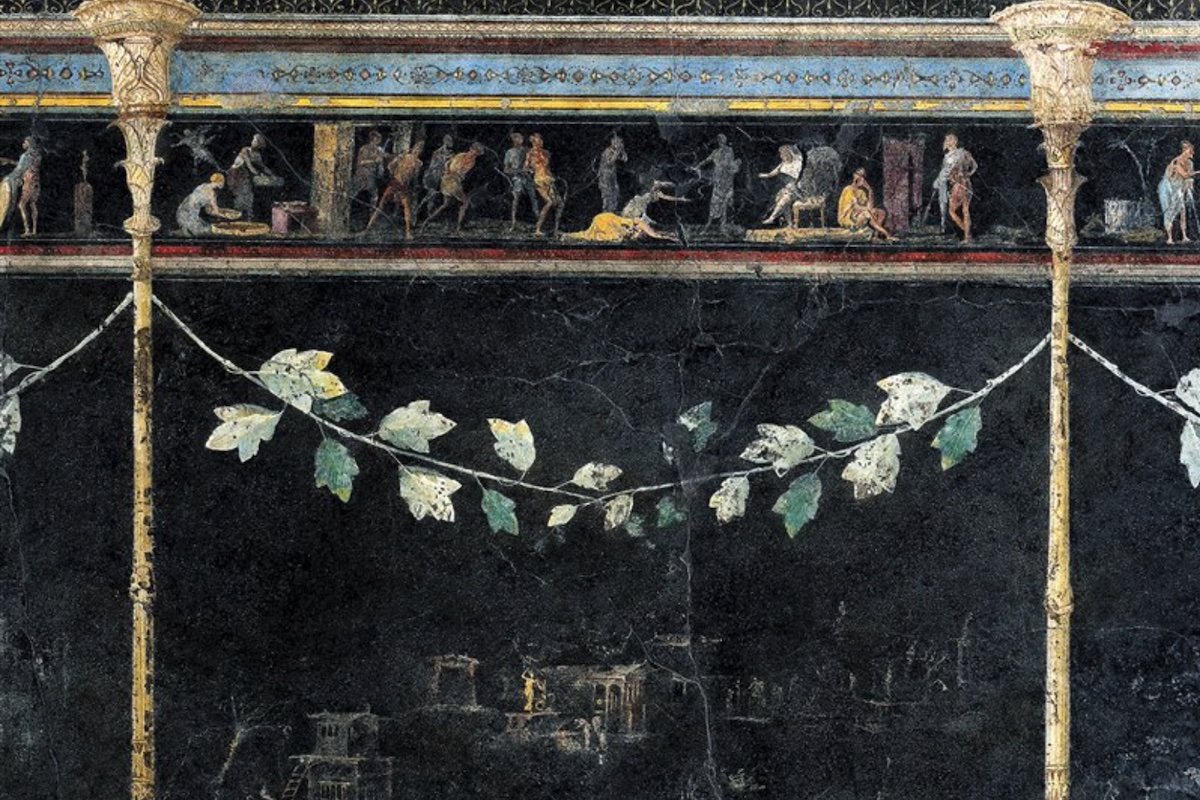
- NATURAL SOURCES: Graphite, Coal, Lignite, Peat, Bitumen, Pyrolusite
- ARTIFICIAL SOURCES: Bone Blacks, Organic Salt Blacks, Artificial Coal, Shoemaker’s Black
Black is a very present color in Roman art and Roman artists and craftsmen used dozens and dozens of methods to obtain black initially from the main natural sources such as coal and graphite and which Italy was rich in in many regions of the north such as Piedmont and Liguria and of the south such as Abruzzo and Sicily. But the desire of Roman artists to achieve an ever deeper black soon led them to use many artificial methods to create black. Among the best known was bone black which was obtained through calcination by crushing and boiling the bones inside closed containers or shoemakers’ black which was a very strong black pigment that was obtained in aqueous solution using gall extract and iron salts.
RED
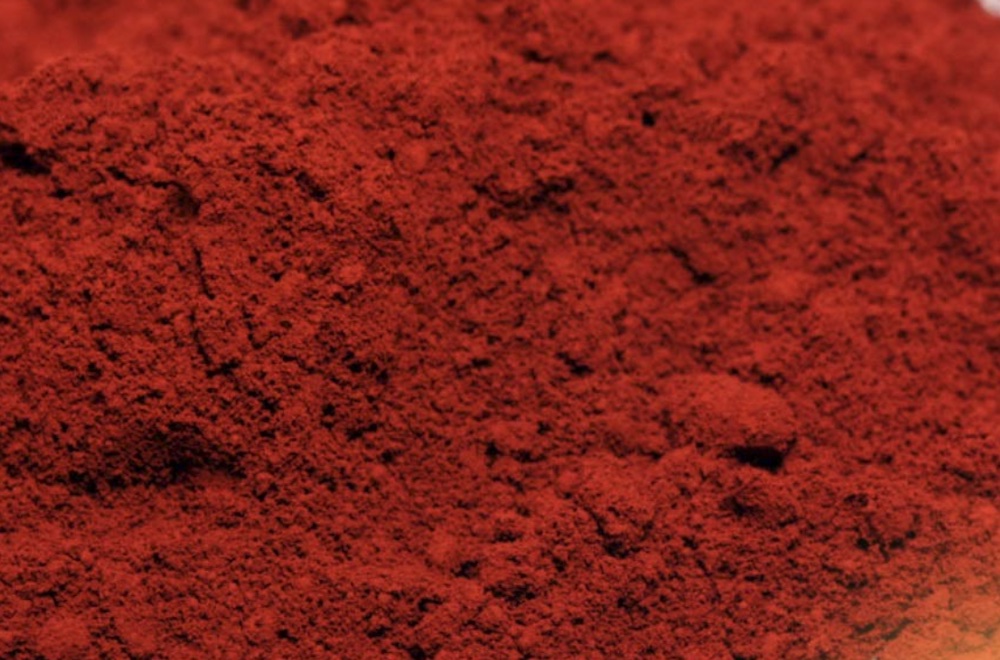
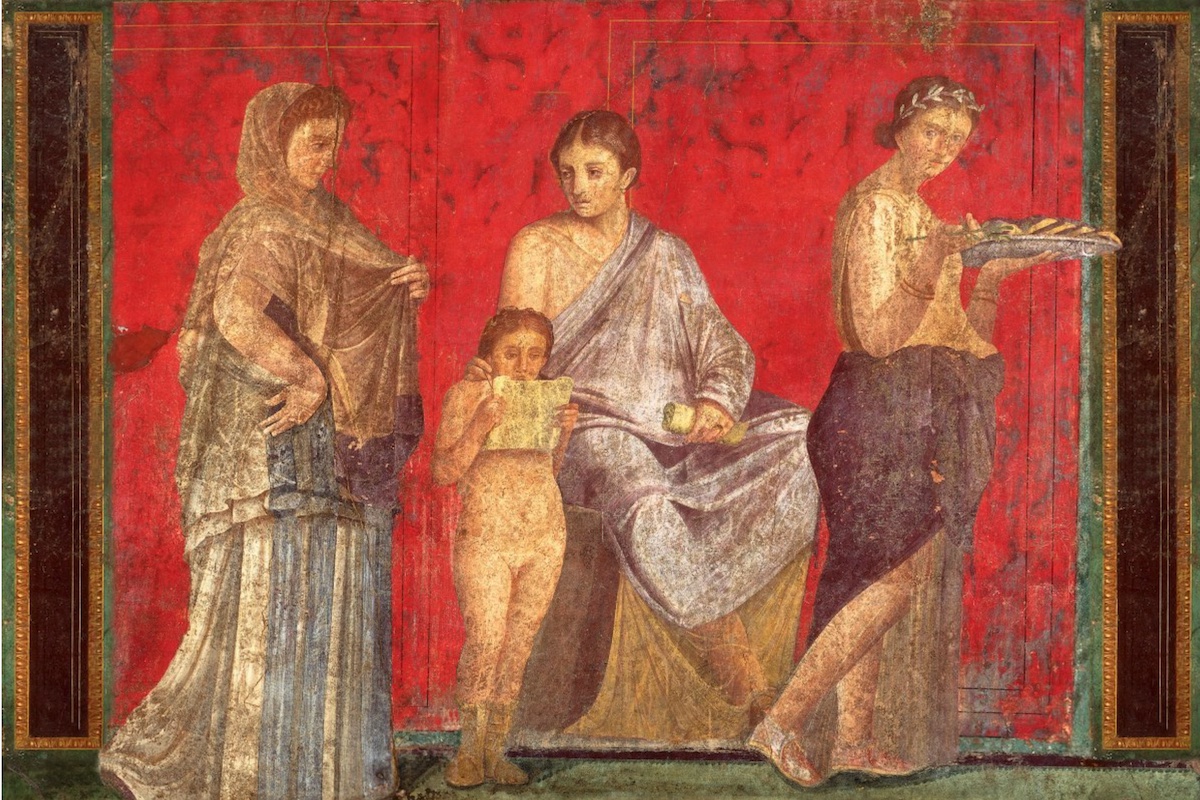
- NATURAL SOURCES: Red Ochre, Cinnabar, Realgar, Kermes
- ARTIFICIAL SOURCES: Syrico, Sandice, Dragon’s Blood
Red is a color that is always present in Roman art, which saw this color as the symbol of its empire and for this reason the artisans of ancient Rome had the ability to obtain reds of exceptional brightness thanks to the continuous research and development of new techniques to obtain red pigments. Cinnabar, extracted in silver mines, was certainly the most widespread method to obtain red but given its poor resistance to light, other more ingenious methods were also developed such as the one involving Kermes, a red pigment that was obtained by extracting in boiling water the pregnant females of Kermococcus, a small insect of the ladybug family.
YELLOW
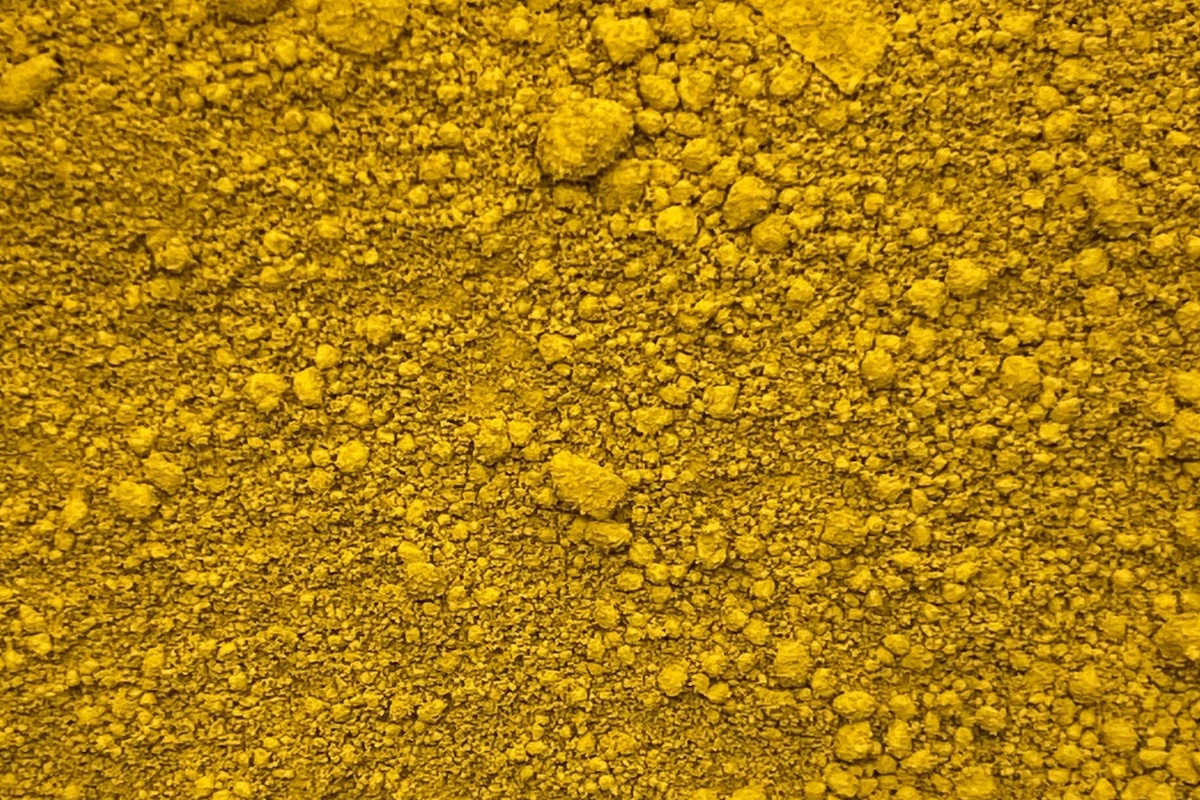
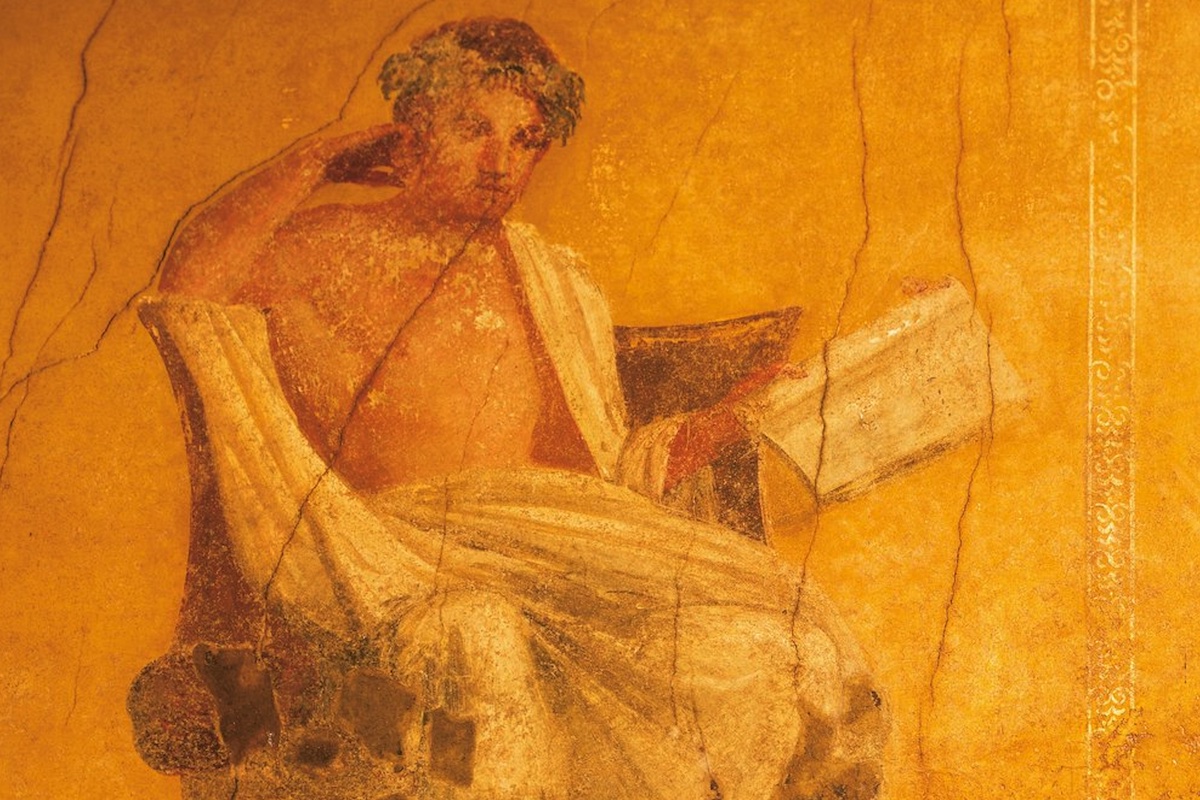
- NATURAL SOURCES: Yellow Ochre, Litharge
- ARTIFICIAL SOURCES: Puteolanum
Given the huge quantity of yellow ochre earths of exceptional quality, yellow during almost the entire Roman Empire was produced with this pigment with some exceptions for litharge which was a silver-bearing mineral that was also produced industrially by roasting with other lead-bearing minerals. Yellow ochre was available in large quantities and was distinguished by its quality which ranged from the most valuable, which were called “Sil” to those judged to be of third quality and defined as “sil pressum” which referred to a darker ochre similar to umber earths or the famous Siena earth.
GREEN
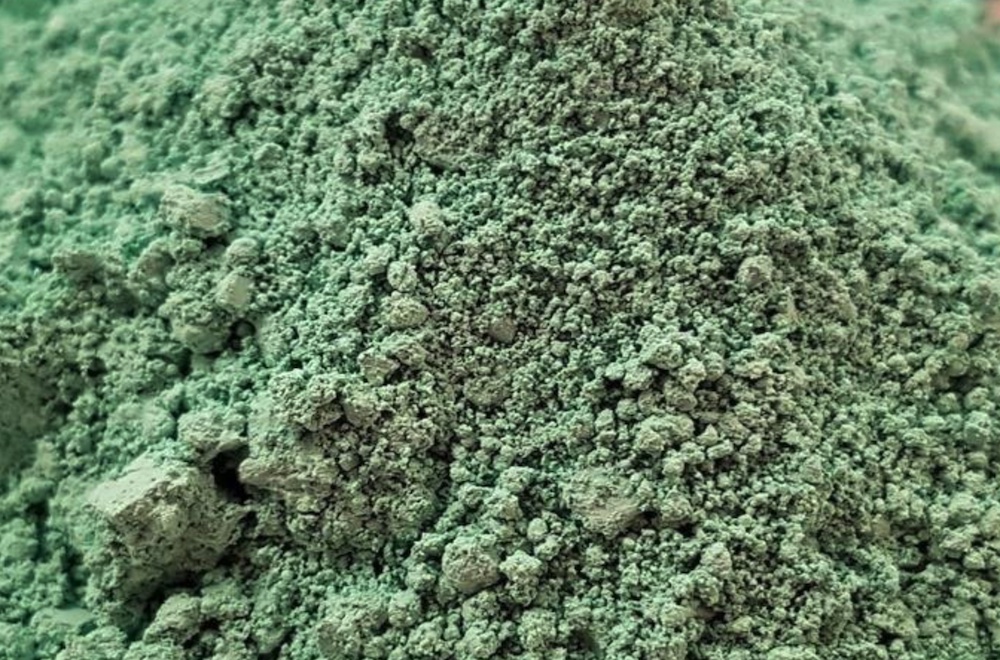
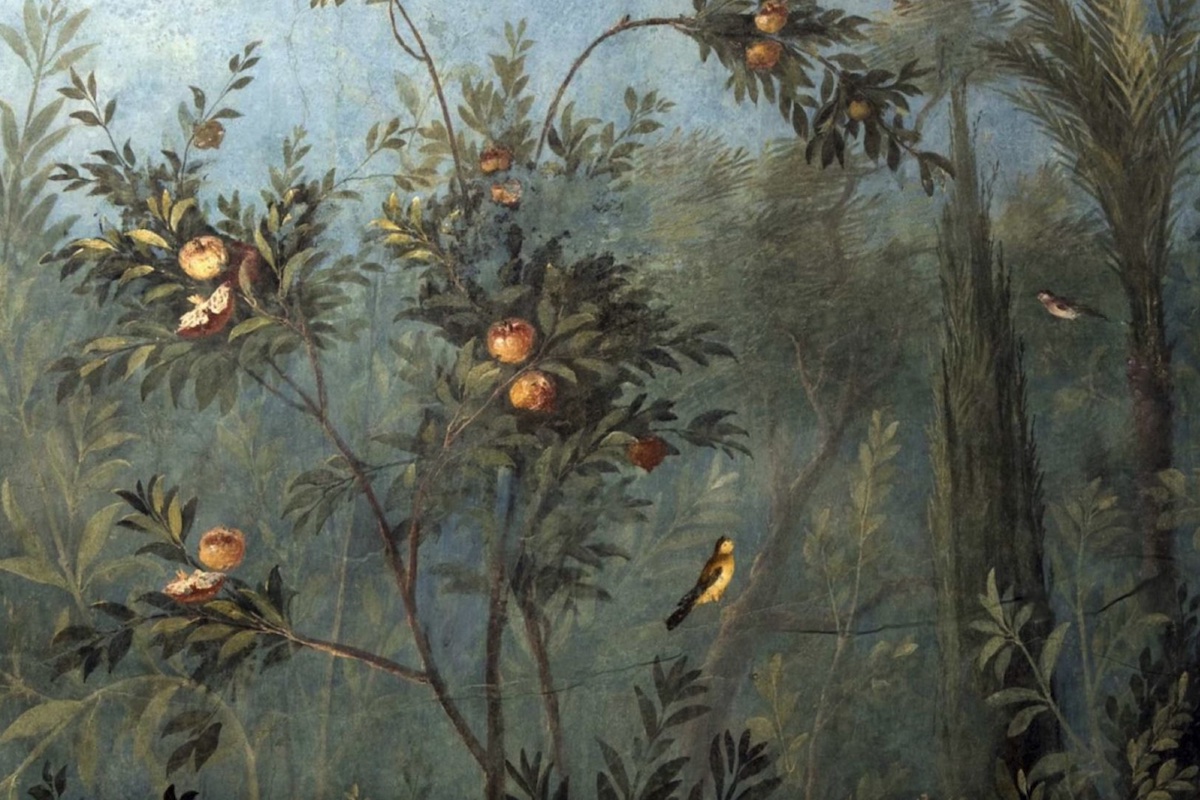
- NATURAL SOURCES: Clay, Verdigris, Malachite, Chrysocolla
- ARTIFICIAL SOURCES: Acetate
The most used green in ancient Rome was the one obtained from copper rust, which was often mixed with other adulterants such as marble dust, pumice and gums. Another method for obtaining an excellent green was the one called Creta Virdis, which we know today as Verde di Verona, which was extracted from the areas of this city and which was often mixed in variable quantities with chrysocolla to obtain an even brighter and more stable green.
BLUE
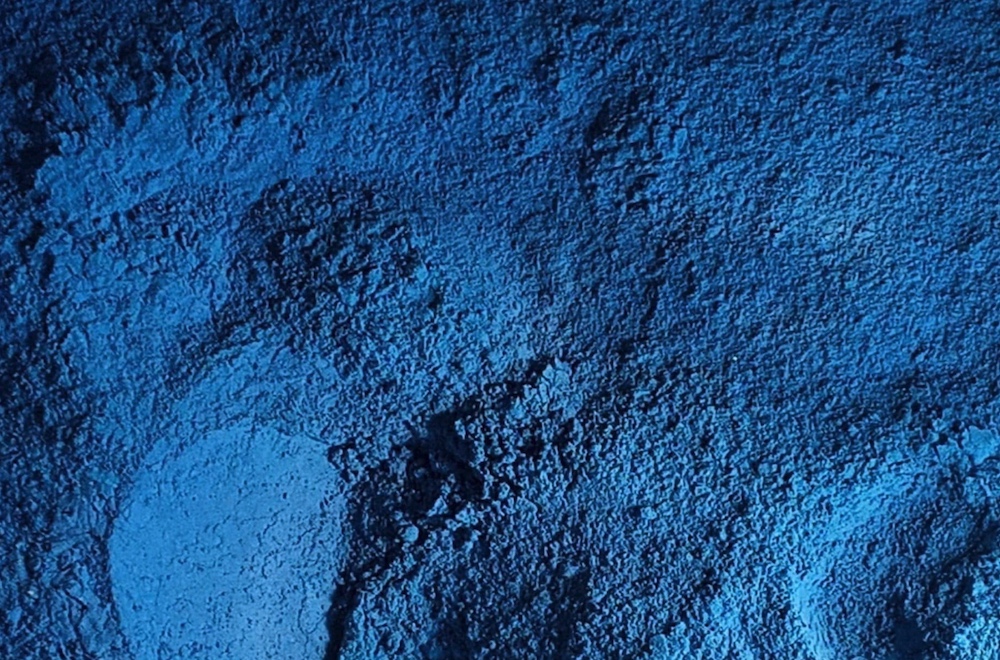
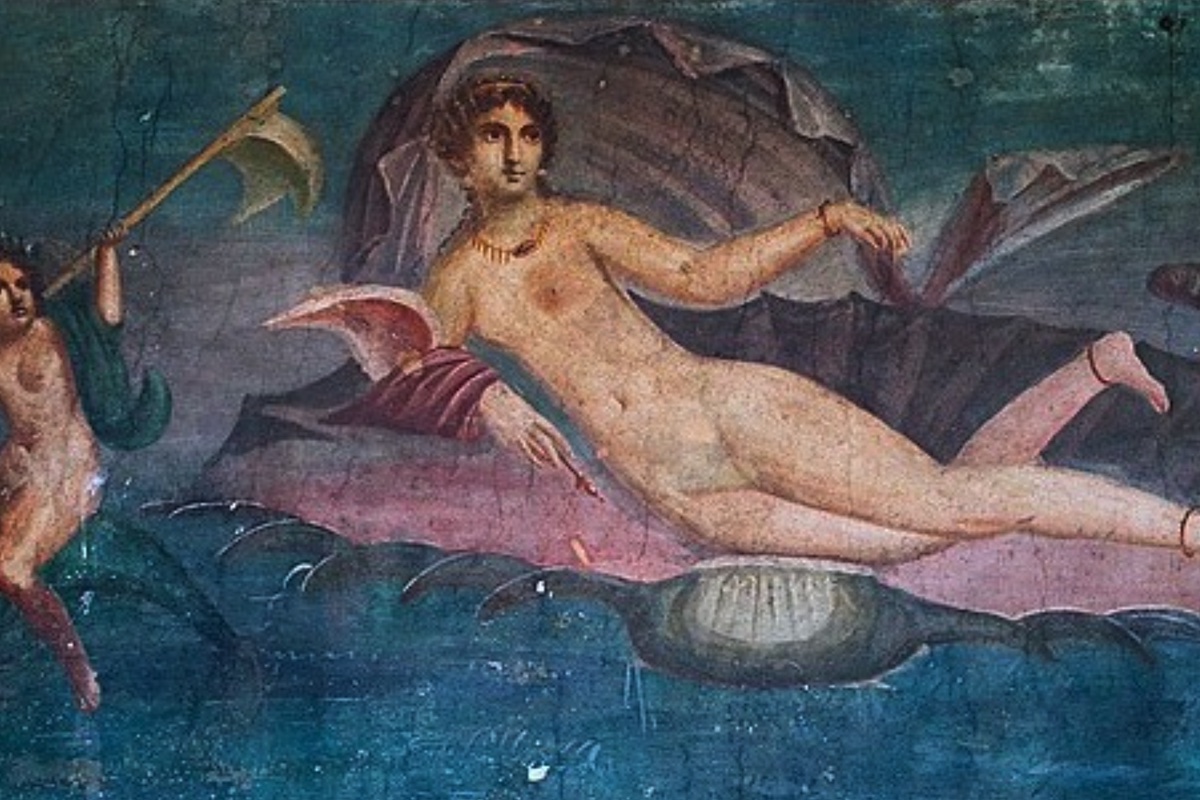
- NATURAL SOURCES: Azurite, Lapis Lazuli, Indico, Woad
- ARTIFICIAL SOURCES: Cerulean, Lomentum
Blue was also a very important color for ancient Roman art and the main source was azurite and lapis lazuli, which being rather scarce in the Empire, were usually imported from the areas of North Africa whose quality was also recognized by Roman craftsmen. There were also many artificial methods to obtain blue and Pozzuoli was a well-known center of color development that produced artificial blues whose quality was appreciated throughout the imperial territory.
THE PURPLE
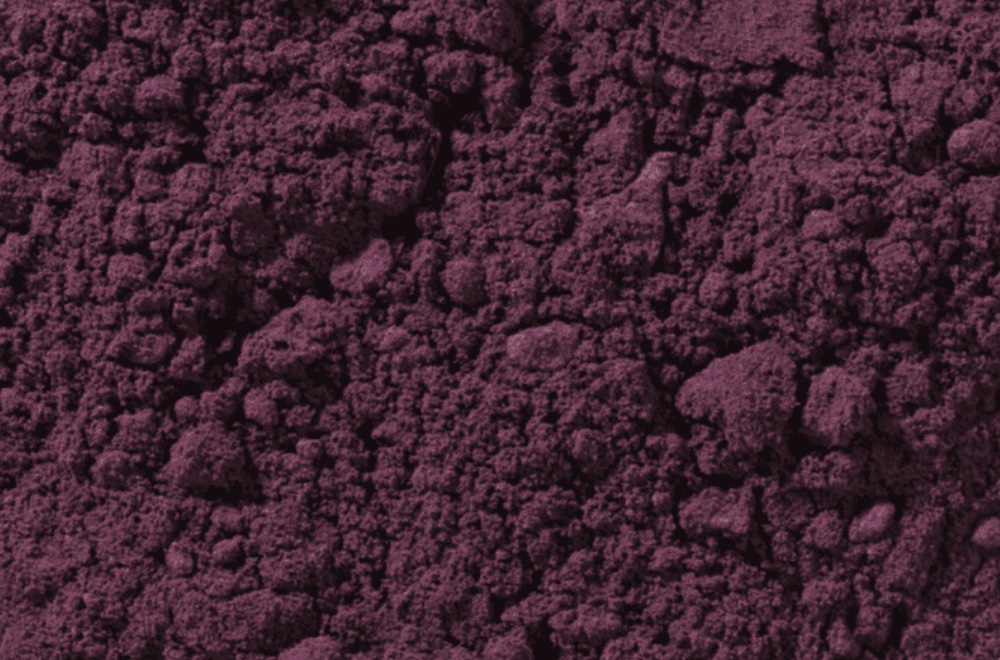
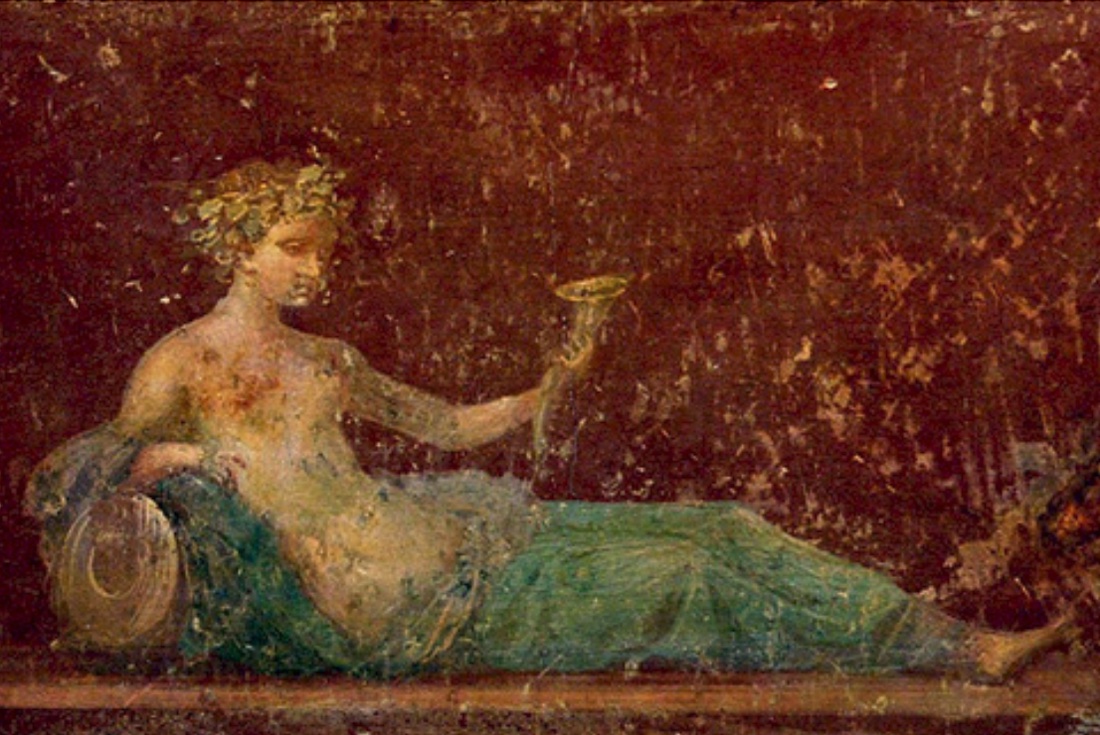
- NATURAL SOURCES: Dibromoindigo
Purple could be included under the reds but given the great social and religious importance that this color had in the Roman Empire, the method of creating this color deserves a little explanation. The coloring substance of purple is dibromoindigo which is a substance that is produced by the glands of molluscs of the genus Nucella and Murex. This liquid was then left to macerate for a few days and subsequently boiled at low temperatures and the result was a purple color that could vary with shades of yellow or green depending on the origin of the molluscs used. The creation of the purple color is another symbol of the ingenuity and continuous research of methods to obtain new colors of the ancient Roman people.
The Foundations of Color
We have briefly seen how the Roman Empire made a fundamental contribution to the history of color by creating new processing methods and discovering materials that are still used today in craftsmanship throughout the world. As a great Empire that had numerous peoples and cultures under its control, the Roman Empire had the merit of absorbing and enhancing ancient techniques from other peoples and of being able to accurately document many of the discoveries made during their long dominion. The birth of the first artificial colors marks an evolution in the history of color and in some ways this was a first form of “globalization” of color given that the continuous increase in the number of the population and general well-being, the demand for colors had grown more and more and this led the ancient Romans to study methods to create artificial pigments because the use of natural ones alone was not enough to satisfy the demand. This is a process that is repeated many times in history and today we could say that we are in a situation very similar to that in which the Roman Empire found itself towards the middle of its history and we like to conclude with this extract from a reflection by Pliny the Elder that could have been written today and not 2000 years ago in ancient Rome.
“…considering the great number and variety of colors available today, leads one to admire the ancient times. With only four colors, merlin, Attic ochre, Pontus sinopia and atramentum, famous painters such as Apelles, Aetion, Melanthius and Nicomanus painted their immortal works and the riches of an entire city would not have been enough for a single painting. Today, even if purple is used to paint any wall, even if India itself sends us the silt of its rivers and the blood of serpents and elephants, today, however, no noble painting is produced any more. From this we deduce that all the best things were done when there was less abundance. This is because greater consideration is given to material values than to the value of ingenuity.”
Plinio il Vecchio, ROME 70 b.C
For those who would like to delve deeper into these topics, we recommend reading the beautiful book by Luciano Colombo “I Colori Degli Antichi” – Nardini Editore (1995)

